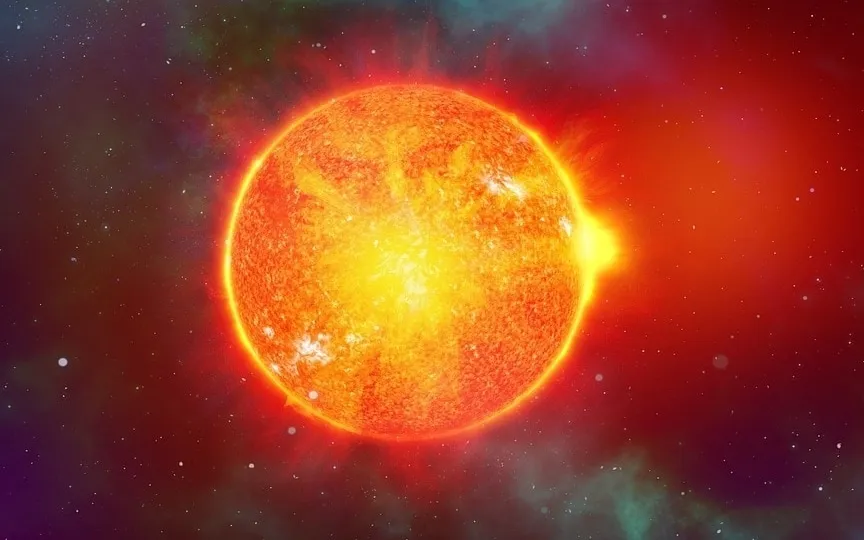Feel the Force: Solar Winds Could Create a Geomagnetic Storm on Earth!
As we approach the peak of solar cycle 25, the ongoing surge of solar activity persists. A solar cycle, lasting 11 years, involves fluctuations in the Sun’s activity. The lowest point, referred to as the solar minimum, is when activity is at its lowest, while the solar maximum represents the period of highest activity. With the solar maximum drawing near, experts anticipate an increase in CMEs, sunspots, solar flares, and solar storms that Earth may encounter.
NASA’s Solar Dynamics Observatory (SDO), which includes a full suite of instruments for observing the sun, has now revealed that a powerful solar wind is flowing toward Earth and could cause a geomagnetic storm. Know all about this latest development.
A geomagnetic storm
Yesterday it was revealed that a sunspot containing almost 12 dark nuclei and a diameter of almost 200,000 kilometers had been detected on the sun’s surface. This sunspot, called Sunspot Complex AR3490-91-92, was slowly turning towards Earth and could be spreading the solar wind. The phenomenon is happening now. According to the SpaceWeather report, the stream of fast solar winds flows towards Earth at more than 500 kilometers per second. These winds have crossed “stronger than usual” magnetic fields.
While it hasn’t yet sparked a geomagnetic storm, it could be on the cards. The report states that skywatchers in arctic regions should watch for the northern lights after nightfall.
What are the northern lights?
The Northern Lights, also known as the Northern Lights or Aurora Borealis at the North Pole and the Southern Lights or Aurora Australis at the South Pole, transform the night sky into green, blue and pink shades of light. These mesmerizing lights constantly change shape and intensity, from dim and scattered to bright, and are visible thousands of miles away.
They are typically seen in the northern polar regions, including places like Canada, Alaska, and Norway. The Southern Lights or Aurora australis are seen in the southern polar regions such as Antarctica and the southern parts of South America, Africa and Australia. However, if the storm is strong enough, the northern lights can also be seen further south in the United States and England.




